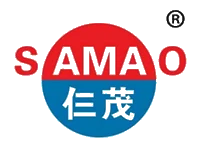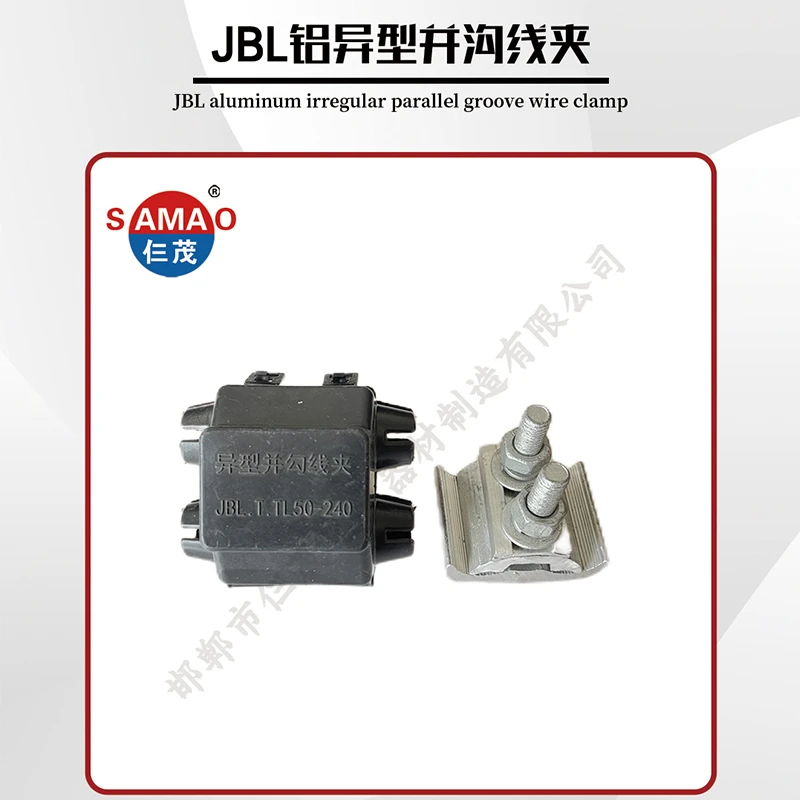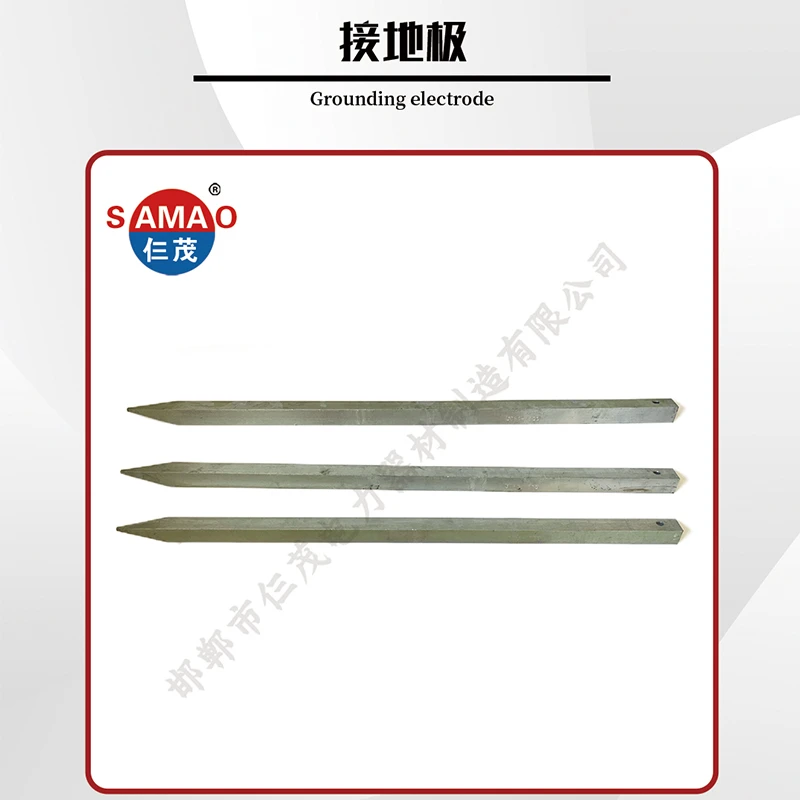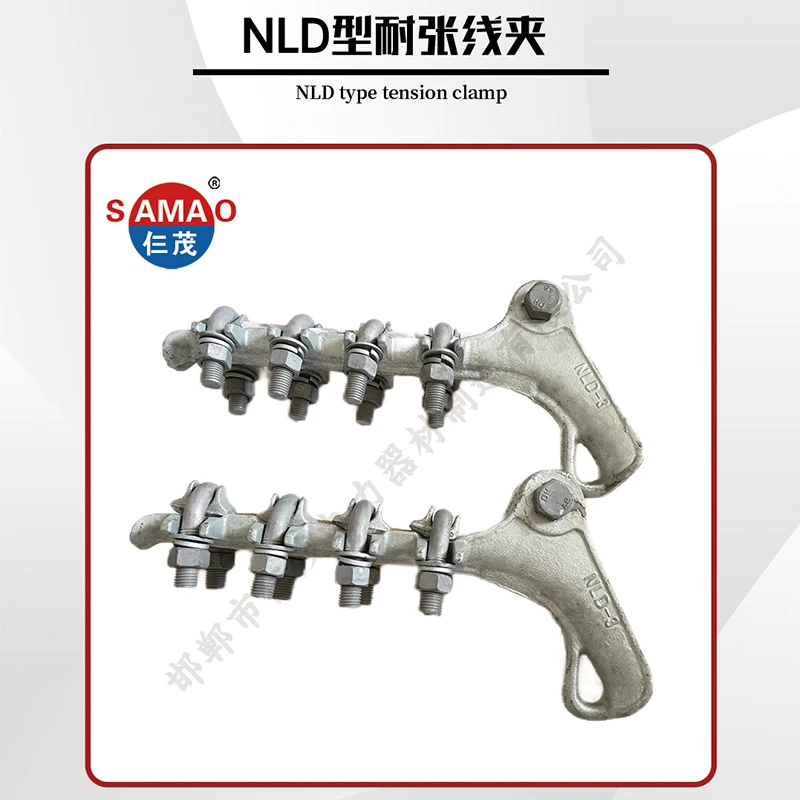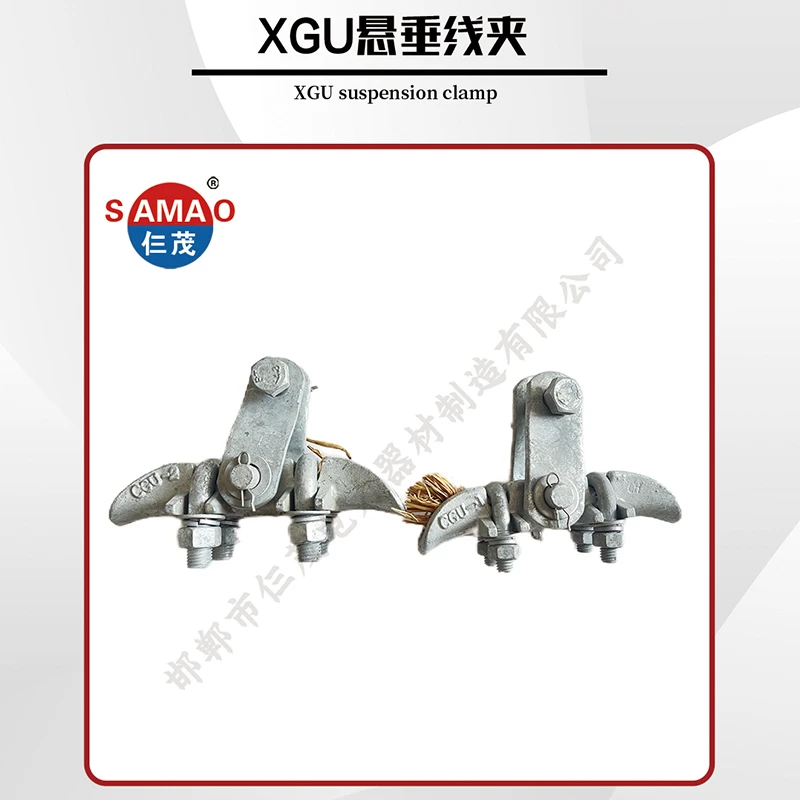Heavy-Duty Wire Cable Stop Clamp for Secure Overhead Lines
Handan Samao Electric Power Equipment Manufacturing Co., LTD.
Address: Standard Parts Entrepreneurship Park, Dongmingyang Village, Linmingguan Town, Yongnian District, Handan City, Hebei Province
Introduction to Wire Cable Stop Clamp Technology
The wire cable stop clamp plays a fundamental role in modern electrical transmission infrastructure. Also known as a tension lock clamp or strain clamp for overhead line, these critical components provide secure termination points for cables in high-tension applications. The engineering behind cable relief clamp technology has evolved significantly to meet the increasing demands of power transmission networks worldwide.
As transmission voltages increase and environmental conditions become more extreme, the importance of robust, reliable wire cable stop clamp solutions has never been greater. These components must withstand mechanical stresses, environmental challenges, and electrical demands while maintaining safety and reliability over decades of service.
Technical Specifications and Material Considerations
Wire cable stop clamp designs balance tensile strength, compression resistance, and corrosion protection. Premium clamps feature forged aluminum bodies, stainless steel hardware, and precision casting. The primary technical parameters include:
| Parameter | Range | Standard | Testing Method |
|---|---|---|---|
| Tensile Strength | 70-150 kN | IEC 61284 | Static Load Test |
| Corrosion Resistance | 1000+ hours salt spray | ASTM B117 | Salt Spray Chamber |
| Temperature Range | -40°C to +150°C | IEC 60694 | Thermal Cycling Test |
| Electrical Conductivity | ≥30% IACS | ASTM B230/B231 | 4-Point Probe Method |
| Slip Resistance | <5% of UTS | ANSI C119.4 | Conductor Slip Test |
| Vibration Resistance | 10⁷ cycles at 25Hz | IEC 61897 | Resonant Frequency Test |
Industry Applications and Emerging Trends
Modern tension lock clamp systems are essential across multiple industries:
1. High-Voltage Transmission Lines
The strain clamp for overhead line forms the termination point where conductors meet suspension towers. Advanced versions now incorporate damping technologies to reduce aeolian vibration, extending conductor lifespan by up to 40% according to EPRI field studies.
2. Renewable Energy Infrastructure
Solar farm installations require specialized cable relief clamp solutions that withstand differential thermal expansion while resisting UV degradation. New photovoltaic generation facilities utilize 35% more tension clamp units per megawatt than conventional designs due to distributed generation models.
3. Railway Electrification
High-speed rail networks demand vibration-resistant wire cable stop clamp systems that maintain electrical continuity at speeds exceeding 300 km/h. Recent innovations include composite dampers and pre-compression systems that reduce maintenance intervals by 60%.
Handan Samao Product Solutions
Tension Clamp (Strain Clamp, Dead End Clamp)
A tension clamp (strain clamp, dead end clamp) refers to a metal fixture used to secure wires, withstand wire tension, and hang wires onto tension strings or towers. Handan Samao Electric Power Equipment Manufacturing Co., LTD. offers advanced solutions designed for reliability in extreme conditions.
Key Features:
- Hot-dip galvanized finish for corrosion resistance
- Precision-machined contact surfaces to minimize conductor wear
- Torque-controlled hardware for consistent installation
- Optimized for voltages from 1kV to 1000kV
- Compatible with ACSR, AAAC, AAC, and other conductor types
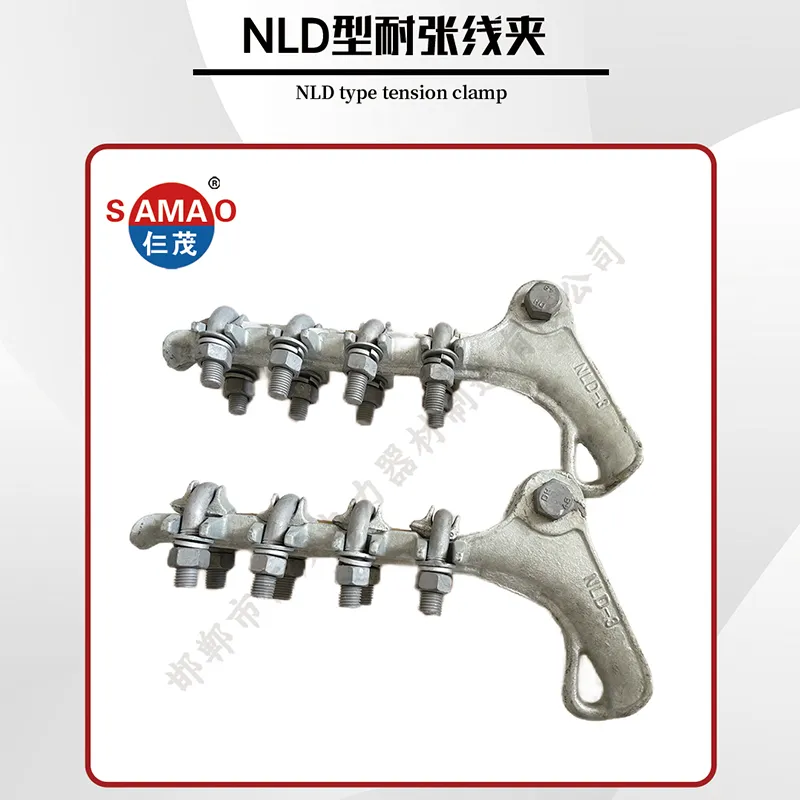
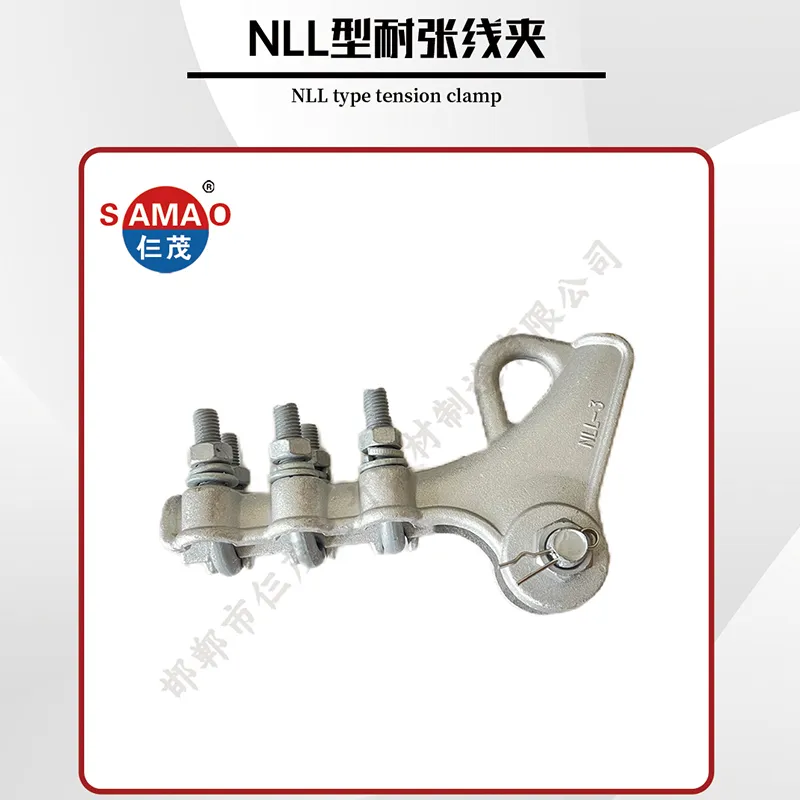
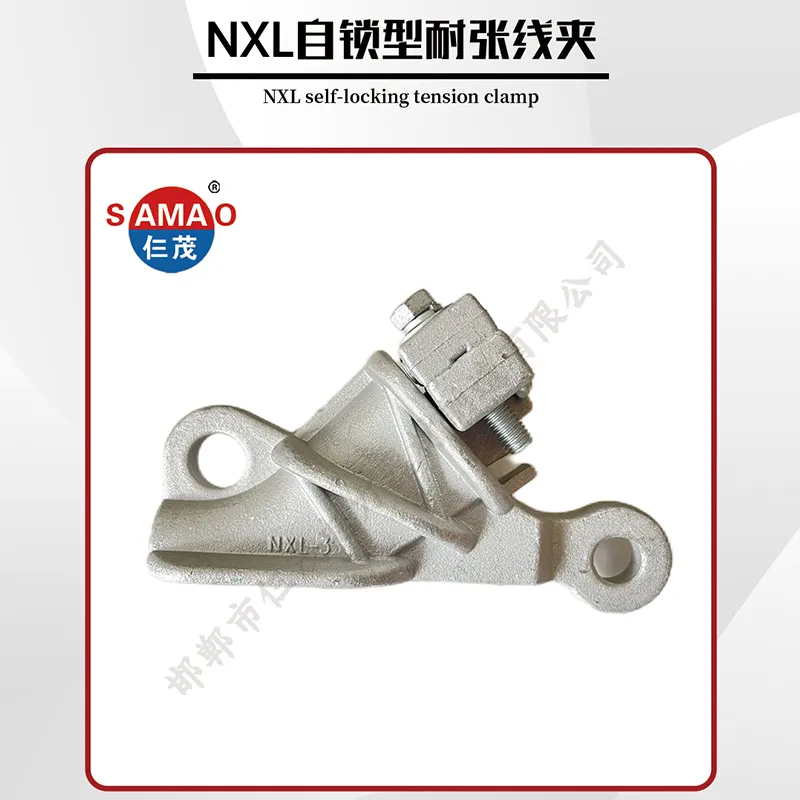
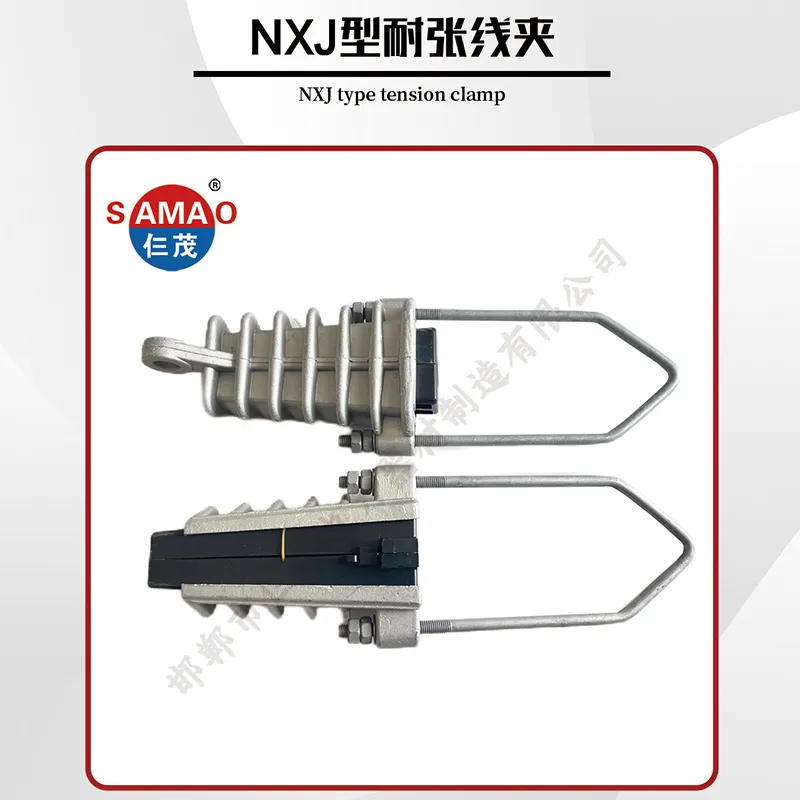
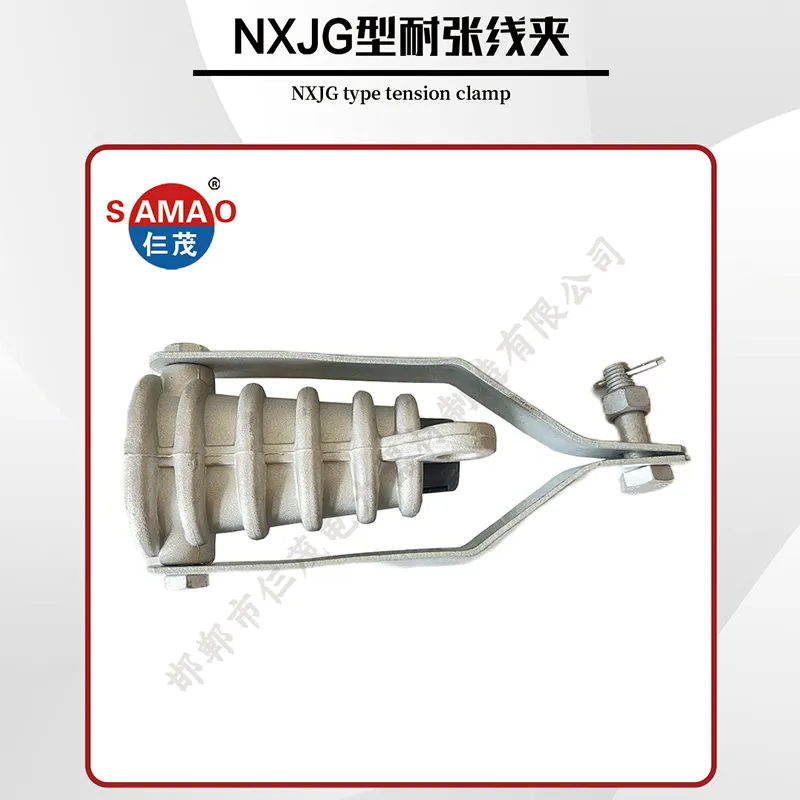
Installation Best Practices
Proper installation of wire cable stop clamp systems requires adherence to precise procedures:
- Surface Preparation: Clean conductor surfaces with approved solvents to ensure maximum grip efficiency
- Torque Sequencing: Apply torque in a star pattern using calibrated tools to specified values
- Compression Control: For compression-type clamps, achieve uniform die closure at controlled speed
- Vibration Analysis: Conduct post-installation vibration spectrum analysis where required
- Documentation: Record installation parameters including conductor temperature and clamp batch number
Modern tension lock clamp installations increasingly use RFID tagging systems that encode installation parameters directly on the hardware, simplifying maintenance records.
Technical Questions and Answers
Industry Research References
"Advanced Clamping Technologies for Next-Generation Transmission Lines" IEEE Transactions on Power Delivery (2023) 38(2), 1245-1257. DOI: 10.1109/TPWRD.2022.3217658
"Corrosion Mechanisms in Aluminum Power Fittings" Materials Performance (2022) 61(8), 38-45. Available: NACE Materials Performance
"EPRI Field Study: Suspension Clamp Performance in High-Wind Environments" EPRI Technical Report (2023) ID 3002022686. Summary: EPRI Research Portal
"IEC Standards Updates for Overhead Line Fittings" IEC Technical Committee 11 Newsletter (June 2023). Available: IEC TC11 Publications
Contact Handan Samao for Custom Solutions
As experts in power transmission components, we provide engineering support and custom solutions for demanding applications
Request Technical Specifications